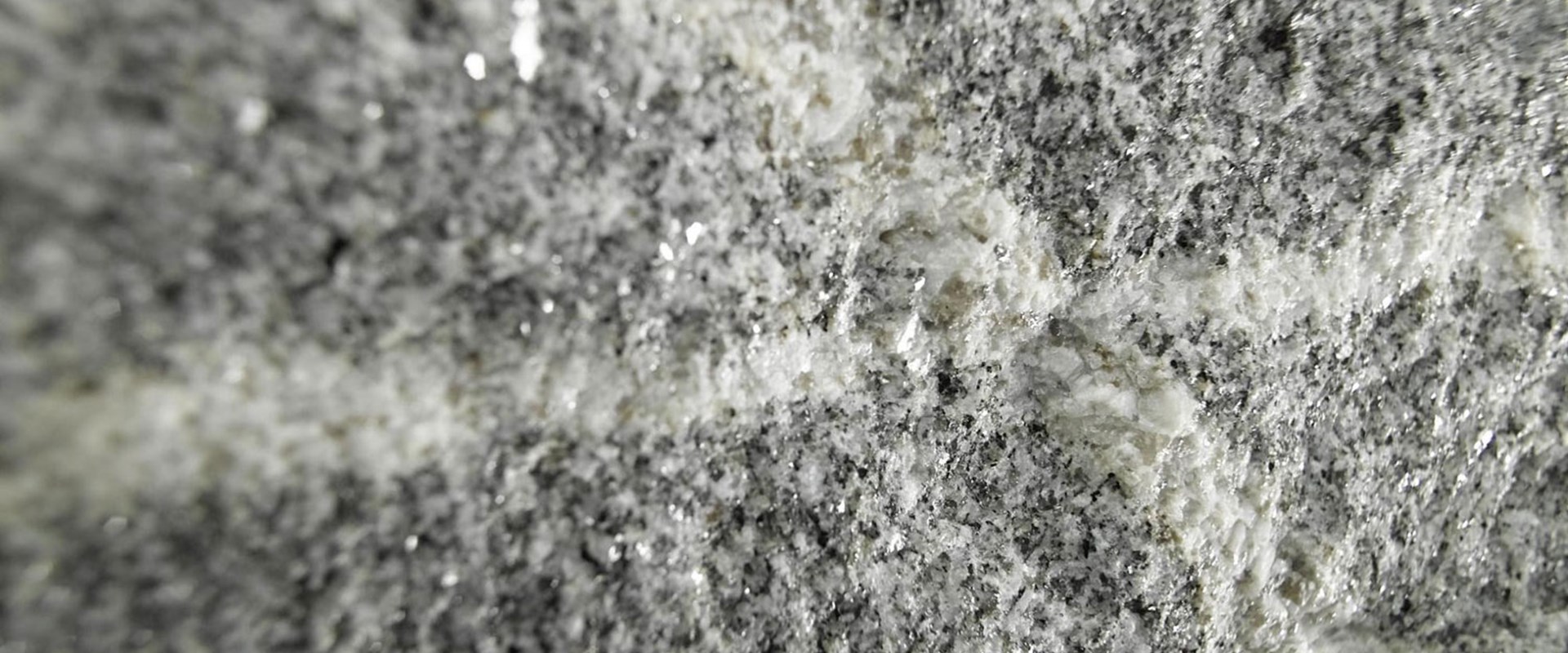Key in a search term below to search our website.
Key in a search term below to search our website.

Although rock collecting was not Heddle's main passion, he still took time to collect the occasional rock and even fossil specimens.
Everything about Heddle was huge. He was huge of stature, with an adventurous, inquisitive and pragmatic spirit. Using his huge 28lb sledgehammer, his dynamism enabled him to amass a collection of Scottish minerals, especially agates and rocks, the likes of which has never been bettered.
At National Museums Scotland, we look after 5,700 specimens from his collection. Find out more about Heddle and explore his amazing collection here. You can download our Heddle trail [PDF 83KB] to find specimens from his collection around the National Museum of Scotland.